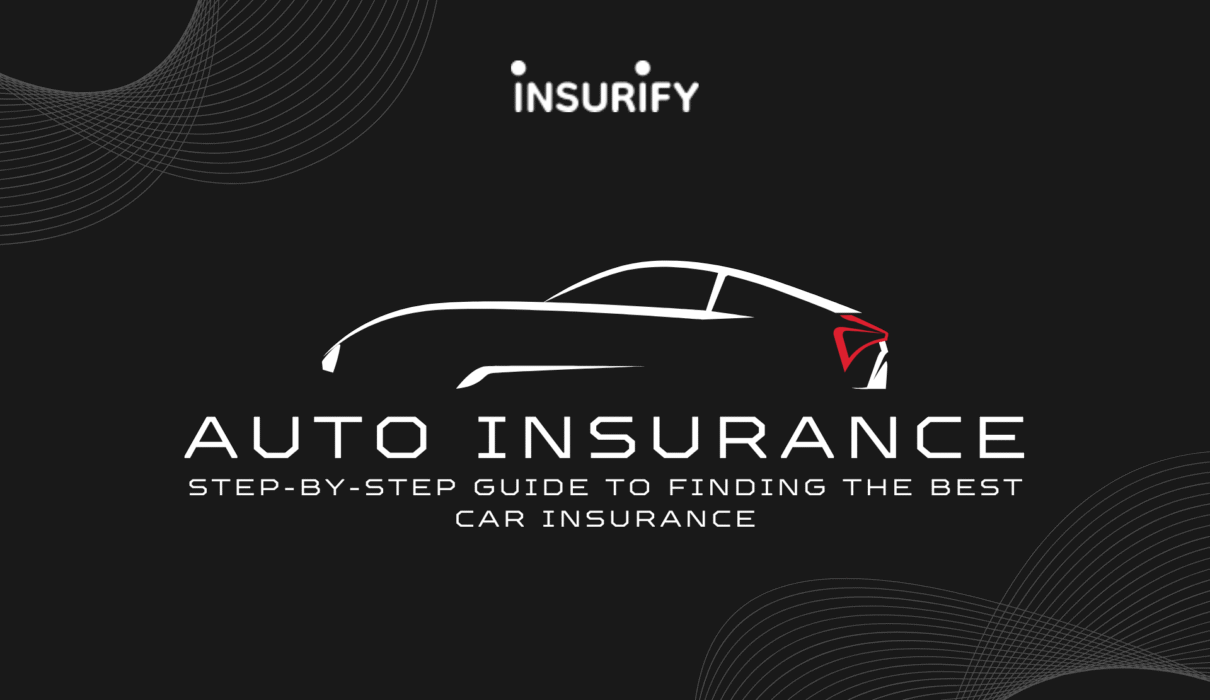Finding the right car insurance can feel overwhelming with so many options available. However, by following a structured approach, you can easily find a policy that meets your needs and budget. Here’s a step-by-step guide to help you find the best car insurance:
Step 1: Assess Your Coverage Needs
Before you start comparing quotes, it’s crucial to understand what type of coverage you need. Car insurance policies typically include:
- Liability Insurance: This is mandatory in most states and covers the damages you cause to other people and their property in an accident.
- Collision Coverage: Covers damages to your own car from accidents, regardless of who is at fault.
- Comprehensive Coverage: Protects against damages not caused by a collision, such as theft, fire, or natural disasters.
- Personal Injury Protection (PIP): Covers medical expenses for you and your passengers, regardless of who was at fault.
- Uninsured/Underinsured Motorist Coverage: Protects you if you’re involved in an accident with a driver who has little or no insurance.
Evaluate your needs based on factors like your car’s age, driving habits, and whether you owe money on your car loan.
Step 2: Research Insurance Providers
The next step is to research different insurance providers. Look for companies that offer reliable customer service, prompt claims handling, and solid financial stability. Agencies like AM Best, Moody’s, or Standard & Poor’s provide ratings on insurance companies’ financial strength.
- Online Reviews: Check what other customers are saying about their experience with an insurance company.
- Reputation: Get recommendations from friends, family, or colleagues who have had good experiences.
Step 3: Get Multiple Quotes
It’s essential to get quotes from different insurance companies to ensure you’re getting the best deal. Most insurers provide online tools that allow you to easily request quotes. When requesting quotes, be sure to compare apples-to-apples by matching coverage levels, deductibles, and limits.
Step 4: Ask About Discounts
Many insurance companies offer discounts that can significantly reduce your premium. Ask about discounts for:
- Safe Drivers: Discounts for maintaining a clean driving record.
- Bundling Policies: Combining car insurance with home or renters insurance can earn you a discount.
- Good Students: Some insurers offer discounts for students with good grades.
- Low Mileage: If you don’t drive much, you may qualify for a discount.
Step 5: Evaluate the Policy Terms
Understanding the details of the policy is key. Always read the fine print to ensure that you are fully aware of what the policy includes. Some things to look out for include:
- Exclusions: What events or damages the policy doesn’t cover.
- Deductibles: The amount you’ll need to pay out-of-pocket before your coverage kicks in.
- Claim Process: Understand how to file a claim and how long it might take for the insurance company to process it.
Step 6: Review Customer Service and Claims Handling
Good customer service and an efficient claims process are essential. Before committing, check the insurance company’s reputation for handling claims. You want an insurer that’s responsive and resolves issues quickly when you need them the most.
- Claims Response Time: Research how long it typically takes for the insurer to process a claim.
- Customer Satisfaction: Look for reviews and ratings on platforms like J.D. Power or Consumer Reports.
Step 7: Compare Premium Costs
While coverage is important, cost is also a key factor. Once you’ve identified a few suitable policies, compare their premiums. The cost will vary based on factors like:
- Your driving history
- The car’s make and model
- Your location
- The coverage levels and deductibles you choose
Make sure to get quotes that reflect similar coverage so you can accurately compare the costs.
Step 8: Choose the Best Policy
After considering all factors—coverage needs, premium cost, provider reputation, discounts, and customer service—choose the policy that provides the best value. The best policy isn’t always the cheapest but should balance cost with the level of coverage and quality of service.
By following these steps, you can confidently choose car insurance that meets your needs and offers the best protection for your vehicle. Take your time to evaluate different options, ask questions, and ensure that you’re getting the best deal for the coverage you require.

